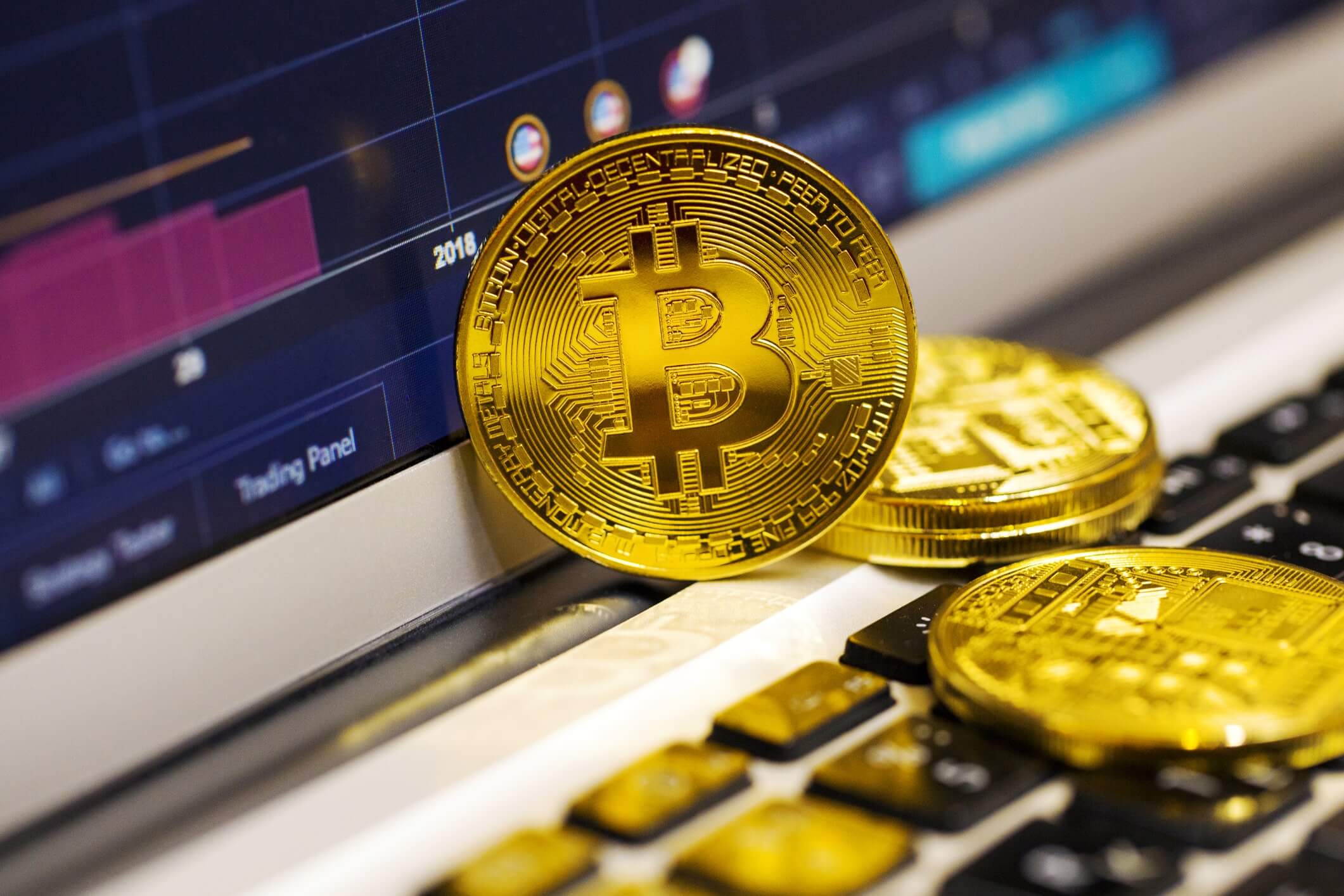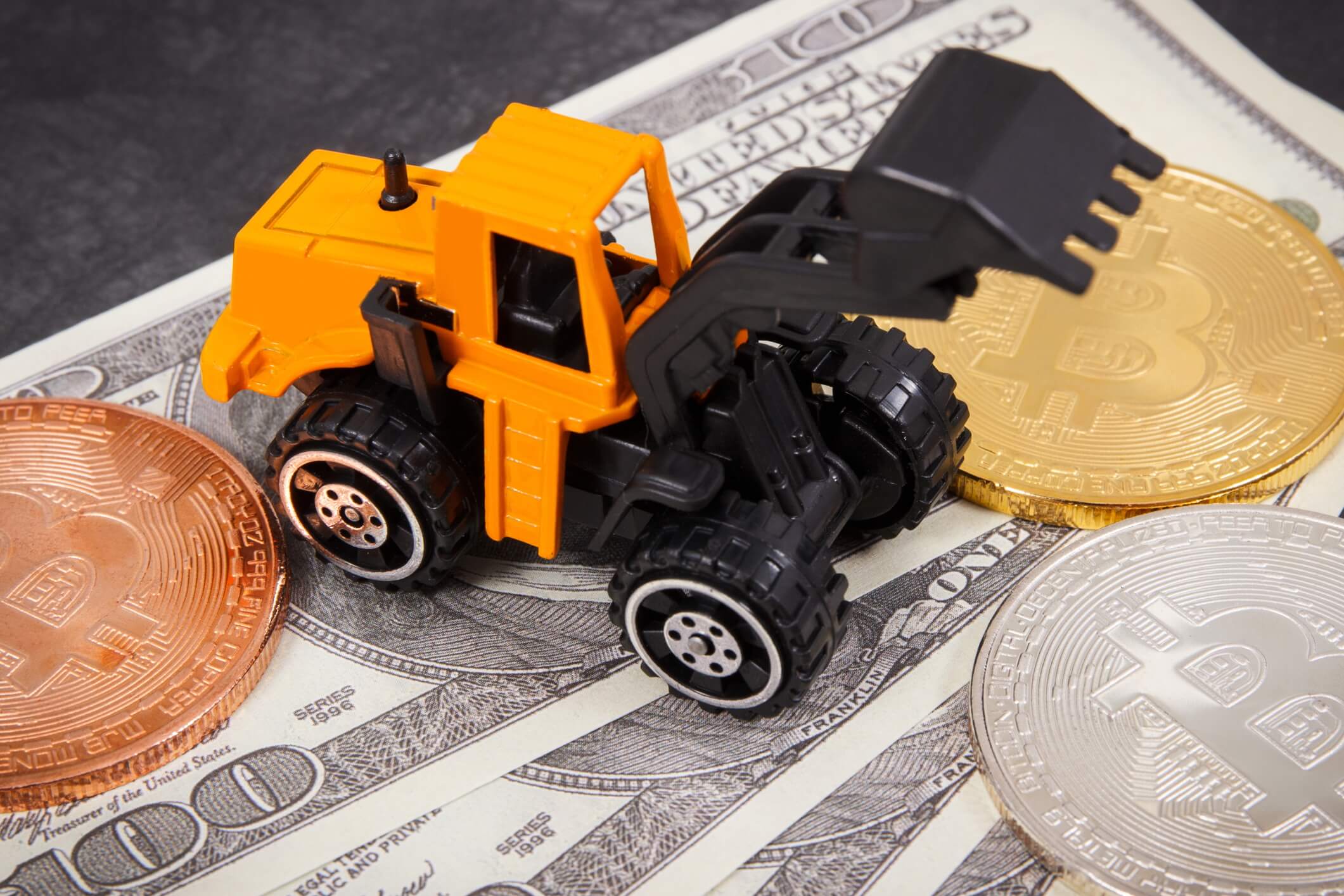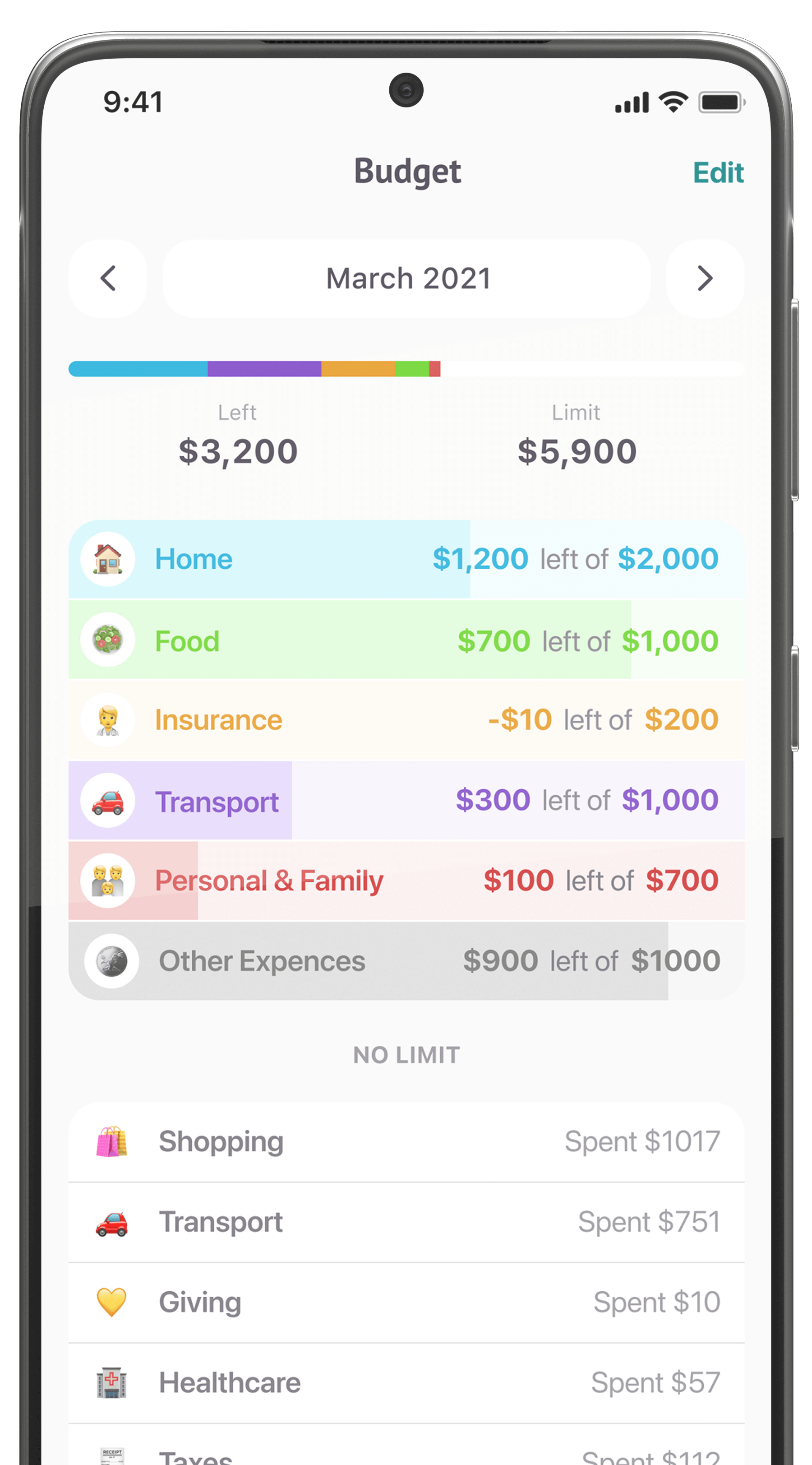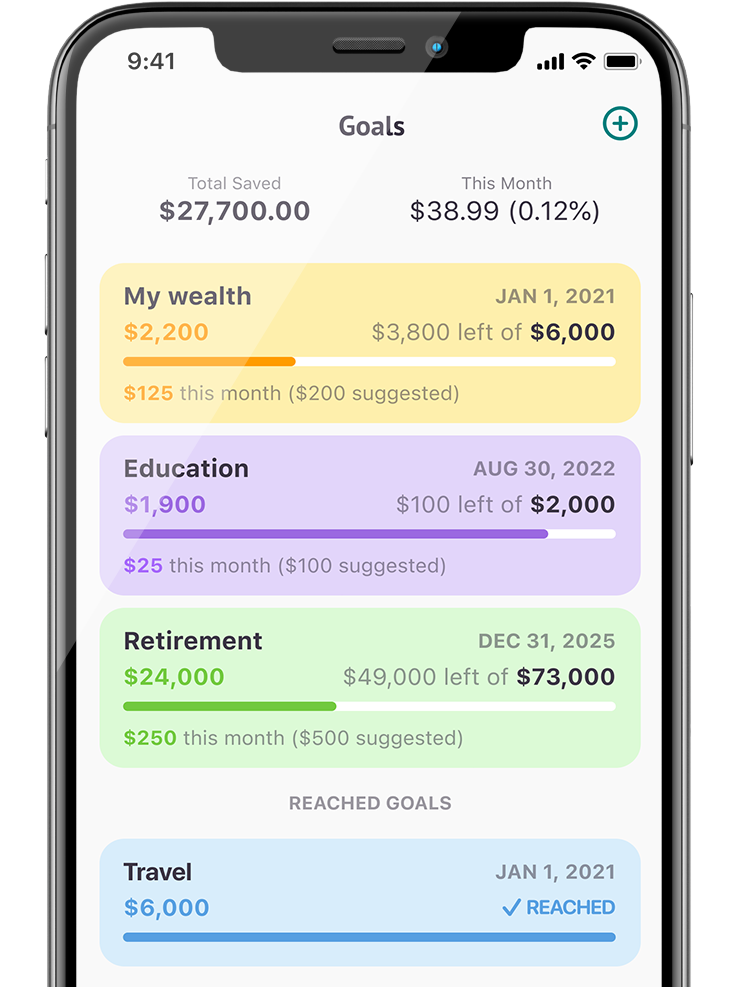We’ve already discussed what cryptocurrency is and how to get started with cryptocurrency. Today we’re going to elaborate on how the cryptocurrency market works.
If you understand how traditional markets work, you’ve got a good start on understanding the cryptocurrency markets, which have adopted a lot of the same tools and practices. The biggest differences between crypto and conventional finance are the nature of the assets being traded, the technical details of how the markets actually operate, and, as you probably know, the extreme volatility. As with most technologies, you don’t need to have a complete grasp of how cryptocurrency works in order to use it, but you should at least know the different parts of the market, what you’re buying, who is investing, and, above all, the risks involved.
What’s being traded?
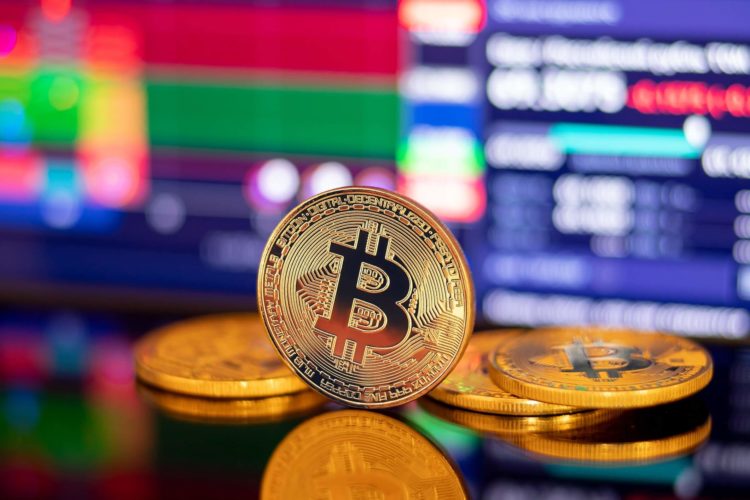
Practically speaking, cryptocurrency markets are very similar to forex markets for an international currency, since they basically involve trading different types of currency to try and make a profit. As in forex, cryptocurrency traders look for signals about how currencies are doing and try to profit from changes in exchange rates. Digital currencies are currently much more volatile, though, and typically aren’t regulated or controlled by any central authority.
Cryptocurrencies aren’t exactly like forex, though, especially once you get into things like utility tokens, security tokens, and even equity tokens. Many cryptocurrencies actually come a little closer to being a stock than a currency, since only a few major coins have really become popular as mediums of exchange. If you participate in an ICO (Initial Coin Offering), for instance, you probably won’t be able to use the utility tokens you receive to buy a sandwich, but you’ll probably be able to sell some of them for Bitcoin or fiat currency, which you could then use to buy a sandwich.
Whether a crypto-asset behaves like a stock or a currency depends on why it was created, its technical characteristics, how it’s being used, and your personal trading strategy.
The major layers of the cryptocurrency market
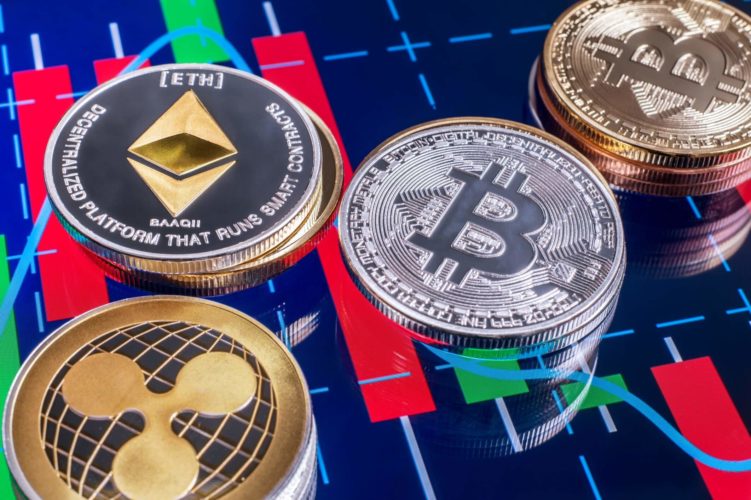
Cryptocurrencies themselves are constantly changing, with new technologies, systems, and applications coming out all the time. The major sections of the market, though, remain fairly constant:
The cryptocurrencies/blockchain projects
What they are: decentralized, blockchain-based tokens you can trade
Compare to: currencies/companies
This is where it all begins. Bitcoin, the first public cryptocurrency, was released in 2009, and now its ledger is stored on millions of computers across the world. No one runs it, and it effectively can’t be shut down without turning off every computer participating in the network. Most cryptocurrencies, including altcoins and utility tokens, follow the same model, using decentralized computing power to store and update information about their cryptocurrency.
They are all run differently, with some specifically designed to be used as currency and others intended for use in some kind of decentralized app or ecosystem. When you buy a cryptocurrency and store it in a wallet somewhere, you are essentially updating a database on computers all over the world, letting people know you now own X amount of Y cryptocurrency.
Some of the most popular cryptocurrencies currently include:
- Bitcoin (digital currency)
- Ethereum (distributed computing platform)
- Ripple/XRP (international currency transfer)
- Litecoin (digital currency)
- Bitcoin Cash (digital currency)
- Stellar (international currency transfer)
- Cardano (digital currency/smart contract platform)
- Monero (privacy-oriented digital currency)
- IOTA (IoT-oriented blockchain project)
- Dash (privacy-oriented digital currency)
- Maker/MKR/Dai (stable digital currency platform)
- NEO (distributed computing platform)
- Zcash (privacy-oriented digital currency)
Miners/stakeholders
What they are: computers that check transactions to make sure they’re valid
Compare to: auditors/mints
Cryptocurrency miners do two basic things:
- Check transactions (updates to accounts on the blockchain) to ensure that they are valid and not double-spending
- Mint new units of cryptocurrency
How exactly they do this varies depending on the blockchain, but they are generally rewarded with units of cryptocurrency in return for contributing their computing power, which is how the supply of available cryptocurrency can grow. They are vital to the functioning of the market since they are responsible for checking that proposed transactions are valid (there are several mechanisms in place to ensure that the miners are honest), putting them into a block, and updating the blockchain with the new information. Not all cryptocurrencies are “mined” using a proof-of-work system; the more power-efficient proof-of-stake system is also popular. This requires validators to lock up large amounts of cryptocurrency as collateral, which they will lose if they’re dishonest.
This is a popular way to make money, especially when prices are high, but proof-of-work requires prohibitive amounts of computing power and electricity, proof-of-stake requires a large initial investment, and both require a fair amount of technical knowledge to get into.
Exchanges/Brokers
What they are: services that allow you to trade cryptocurrencies for other cryptocurrencies or fiat.
Compare to: currency/stock exchanges
Cryptocurrencies can be transferred between accounts directly, simply by inputting another address and sending a certain amount of coins to it. This is great for buying things and sending money around but would be pretty slow if you wanted to buy or sell cryptocurrencies with any frequency, you’ll need to set up an account with an exchange or broker. Much like traditional forex brokers and stock exchanges, these are places where you can buy and sell digital assets in large markets composed of other buyers and sellers, using the exchange as a middleman to take care of the assets and facilitate the transaction. They come in both centralized and decentralized versions, with the centralized versions generally being more user-friendly and the decentralized exchanges more experimental.
Exchanges are one of the most frequent targets for attacks, though, and huge amounts of crypto-assets have been stolen in the past. In general, you shouldn’t store your cryptocurrency on an exchange, since this leaves it vulnerable to hacks, and you should be careful to choose exchanges with good reputations and security.
Some of the largest and most reliable exchanges (as of 2019) are:
Cryptocurrency brokers are a little rarer, but better-regulated and more stable than cryptocurrency exchanges. While many of them don’t actually allow you to withdraw the cryptocurrency, meaning you can’t “own” it (technically you own a CFD, or “Contract for Difference” that represents the currency), they can be more cost-effective and efficient, as well as including more comprehensive trading tools. These are best for short-term traders who only care about trading a few major cryptocurrencies and cashing out; they lack flexibility and may charge fees for holding currency over a longer time period, but are fairly safe and user-friendly, and many are actually run by traditional forex brokers.
Some best-known cryptocurrency brokers (though mostly not available in the US) include:
- eToro (USA available)
- AvaTrade
- Plus500
- ETX Capital
Traders/Users
The last link in the chain is, of course, the people buying and selling cryptocurrencies. For individuals, there are generally two types: traders and investors. Traders are mostly interested in short-term trades and fast gains, much like traders on other financial markets. Investors tend to do more research into projects and place longer-term bets on certain coins and utility tokens. The most significant individual investors are called “whales,” not all of whom are known by their real identities. These investors hold very large amounts of cryptocurrency and have been known to manipulate the markets to their advantage.
Individuals aren’t the only players in the market, though: institutional investors also have significant amounts of money in cryptocurrency, both as a financial instrument and through venture capital. Some firms have even made cryptocurrency-backed funds available on the traditional stock market.
Getting into cryptocurrency market
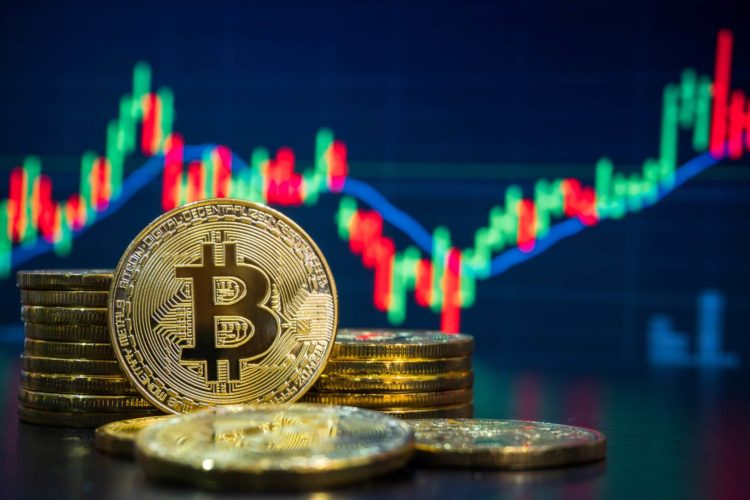
Investing in or trading crypto is certainly a higher-risk, less-understood financial strategy, and it’s no place for your retirement savings. In general, anyone who wants to put money in cryptocurrency should be tech-savvy enough to set up and use a cryptocurrency wallet and risk-tolerant enough that they’re okay with losing anything they put in. There is a non-zero risk that certain cryptocurrencies will be worthless in the future, and like any other investment, you should make sure to understand different types and how to diversify between them, but if to do everything right — the reward can be spectacular.

